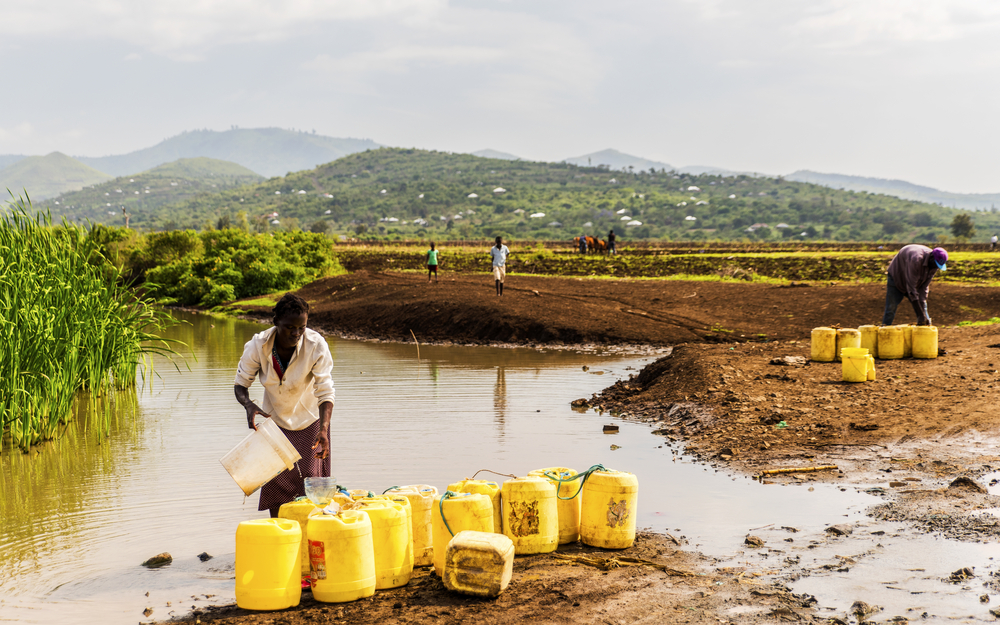Water scarcity and associated risks have emerged as critical environmental concerns, worsened by climate change. This situation is leading to escalating tensions that could potentially provoke violent clashes, especially in areas where rivers traverse several countries competing for diminishing resources amid swelling populations.
The Magnitude of the Water Scarcity Crisis
The Ecological Threat Report 2024 (ETR) highlights the severity of water shortage and insecurity as significant ecological threats, contributing to the displacement of approximately 32.6 million individuals across 151 nations in just 2023. As urban centers are expected to expand significantly by 2025, conflicting patterns of water usage in certain regions are becoming increasingly contentious. The ETR from the Institute for Economics & Peace (IEP) notes that countries in the Global South face heightened challenges in effectively capturing and distributing water resources, particularly during dry seasons. Furthermore, issues like inadequate governance and resource management significantly amplify these challenges.
The Dispute Over the Nile Basin
The ongoing tensions surrounding Ethiopia’s Grand Ethiopian Renaissance Dam (GERD) illustrate the complexities involved with managing shared water resources amidst growing climate-related pressures. As Africa’s second-largest hydropower project, it relies heavily on maintaining substantial water levels from the Nile River—an essential source for Ethiopia but a lifeline for Egypt which depends on its waters for over 98% of its needs.
Recently, Cairo has sought intervention from the United Nations Security Council to address what it describes as Ethiopia’s “aggressive” tactics regarding Nile water appropriation—arguing that such actions threaten national security and regional stability. Meanwhile, Ethiopia remains steadfast in its plan to continue diverting Nile waters into GERD’s reservoirs while advocating that this will foster greater hydropower generation aimed at supplying Egypt with clean energy options.
The Helmand River Standoff
The rising tension between Iran and Afghanistan concerning access to shared resources like the Helmand River and Hamun Lake exemplifies how climate-induced pressures aggravate hostilities within regions already strained by ecological issues. The ETR emphasizes various facets of this predicament—escalating scarcity alongside increased flooding risks due to pollution and dwindling groundwater supplies—that have profound socio-economic impacts globally.
This dynamic is currently reflected through intensifying conflicts related to transboundary water rights between Iran and Afghanistan amid climatic changes exacerbating existing vulnerabilities such as forced migrations driven by resource shortages combined with ineffective governance practices. In one notable instance during 2023, border clashes resulted in fatalities among Afghan Taliban fighters and Iranian forces—a stark reminder that procedural negotiations have yet been unable to diffuse these escalating disputes over shared waterways.
Global Consequences and Outlook Ahead
According to projections outlined in ETR 2024, rising tensions stemming from climate-related environmental challenges are likely only set to increase further moving forward into future decades.
Key factors contributing towards heightened risks across vulnerable areas within Global South nations include:
- Growing population densities
- Ineffective regulatory frameworks
- Unpredictable weather patterns
- Agricultural sectors reliant on stable freshwater sources
